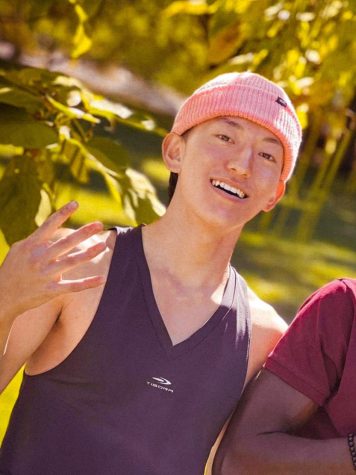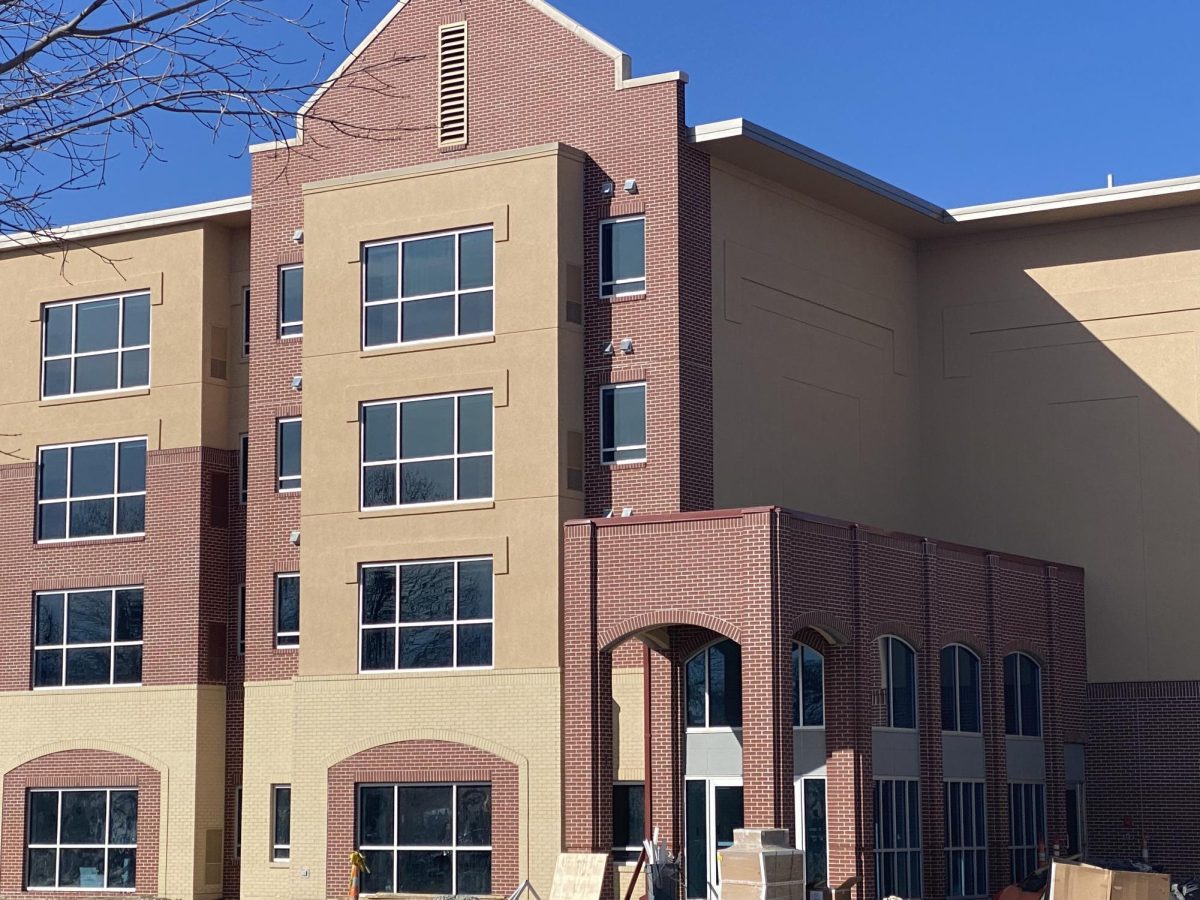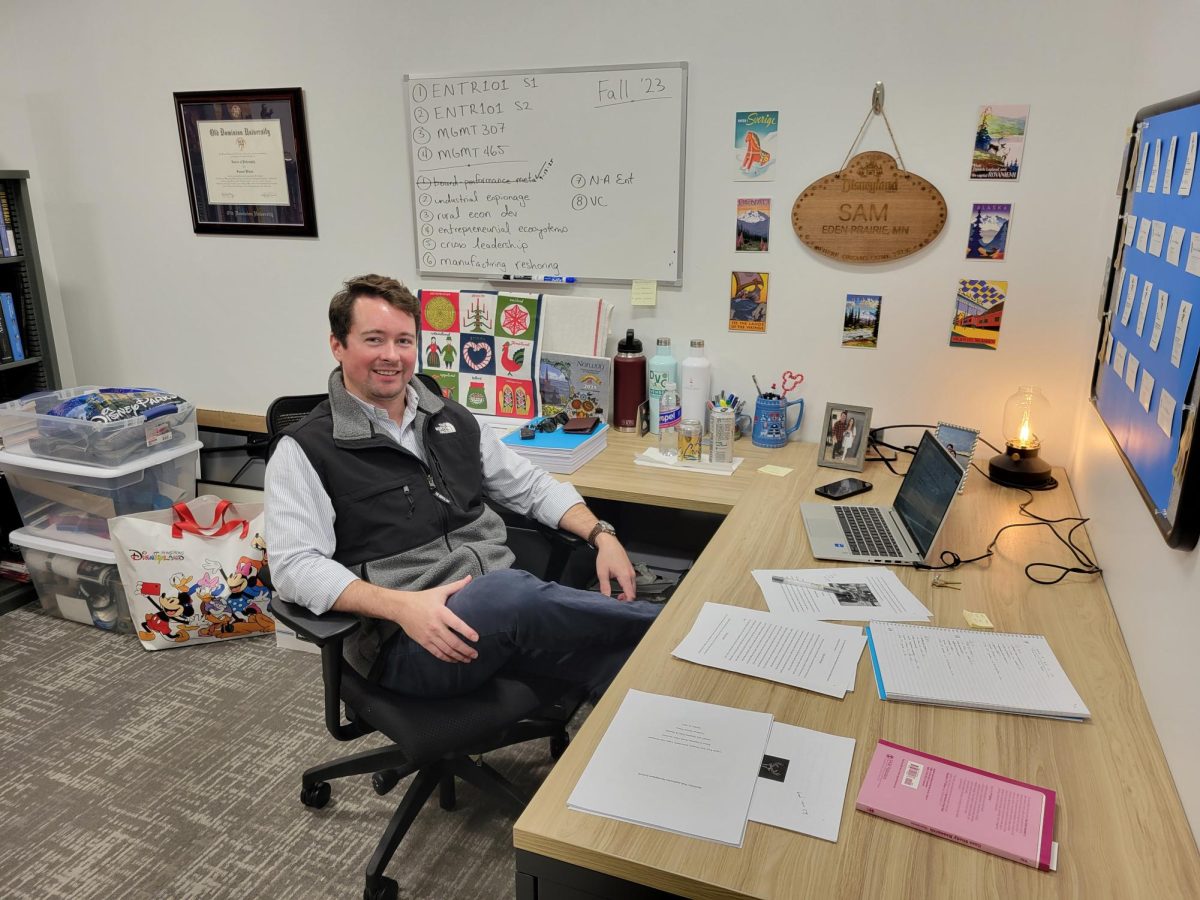Embracing Diversity: Let’s Make a Healthy Country
May 9, 2023
The United States is known as a racial salad bowl, but is it a healthy salad? The United States experience is plagued by a recent wave of hate crimes against Asians and other people of color.
On March 2021, eight people, six of them Asian women, were murdered in Atlanta. On Lunar New Year’s Day on January 2023, a shooting in Half Moon Bay, California, which murdered seven Asians, also terrified people. Similar incidents highlight the urgent need for us to address racism and promote diversity in our communities.
Yothaka Suksai, a sophomore at BVU who moved to Storm Lake from Thailand at fifteen years old, said “[Being] Asian myself, I feel scared… Even if I am not living in the big city. It makes me feel like I can’t go anywhere,” regarding these race-related incidents.
However, the struggles of racial minorities in the United States extend far beyond high-profile incidents like mass shootings. Discrimination and exclusion are daily realities for people of color in the U.S., making community engagement a challenging task. People of color often feel like they don’t belong in their communities, and they struggle to find ways to connect with others who share their experiences.
In large cities, people of color often face different challenges than those living in small towns or rural areas. In urban areas, racial minorities concentrate in certain neighborhoods, leading to segregated communities. Large communities may lack access to resources and opportunities that are more openly available in other parts of the city. In contrast, in small towns or rural areas where whites make up most of the population, people of color may experience outright hostility and racism.
Keita Kuramitsu, a Japanese student studying music at Adrian College in Adrian, Michigan, shared his experiences of life in a small town in rural America. “Most people are friendly, but often when walking through the local supermarket or on [the] streets, I can feel the weird stares,” Kuramitsu said.
However, compared to most areas in the U.S., including large and small cities, Storm Lake is more tolerant of diversity and is a comfortable place for people of color to live in.
Kim Epps, who is a nurse at BVRMC and a pillar in the Black community in Storm Lake, talked about the diversity of Storm Lake. “People in Storm Lake are exposed to various ethnic groups such as Hispanics, Asians, and African Americans in schools and other settings from childhood, so people have an attitude of embracing diverse cultures compared to other places,” said Epps.
What can people in the U.S. learn from Storm Lake, where it is developing a diverse community at a time when race is one of the biggest issues across the country?
BVU’s Center of Diversity & Inclusion hosts a lot of events to promote understanding of diversity, and on April 10, the CDI hosted another forum, “Real People, Real Stories” where Epps spoke about her life and thoughts on diversity.
Inspired by what Epps said at the forum and various initiatives by the CDI, here are three ideas for how people of color can integrate with communities and share their cultures with each other:
- Create community events that celebrate diversity. One way to bring people of different racial identities together is to organize events that display diverse cultures. Holding events that represent diverse cultures are wonderful ways to break down barriers and promote understanding between different communities. For example, food festivals that feature dishes from various parts of the world or cultural fairs that highlight the arts and traditions of different communities can bring people together and create a shared sense of belonging.
- Encourage dialogue and education about racism and discrimination. It is important to have open and honest conversations about racism and its effects on communities. It includes community forums or workshops that educate people about the history of racism in the United States, and how it continues to impact people of color today. By encouraging dialogue and understanding, people can create a more inclusive society that values diversity.
- Support and promote diversity in local businesses and organizations. Supporting local businesses and organizations that prioritize diversity is a powerful way to promote community engagement. Seek out businesses owned by people of color or organizations that support diversity initiatives and actively support them. By doing so, communities can create a more equitable and inclusive economy that values the contributions of all members of the community.
In conclusion, embracing diversity and promoting community engagement is essential to building a more equitable and just society. By taking concrete steps to promote dialogue, education, and support for diversity initiatives, we can create a society that values the contributions of all members of the community. The recent wave of hate crimes against Asians and other people of color is a wake-up call for all of us to act and build a society where everyone can live comfortably and without discrimination.
Epps concluded, “It is important to speak up [for] yourself. If you don’t speak up, people will do nothing.”






